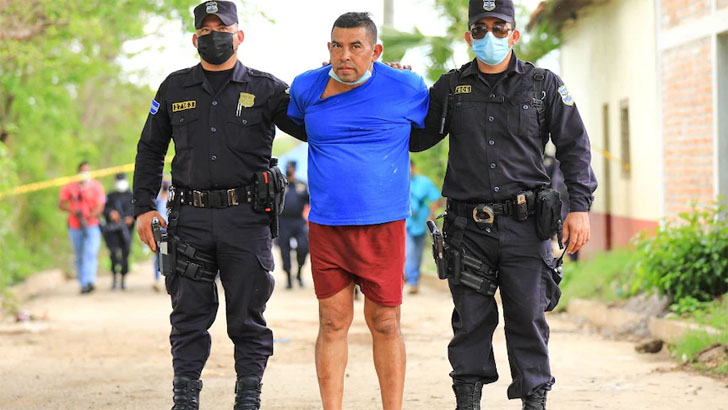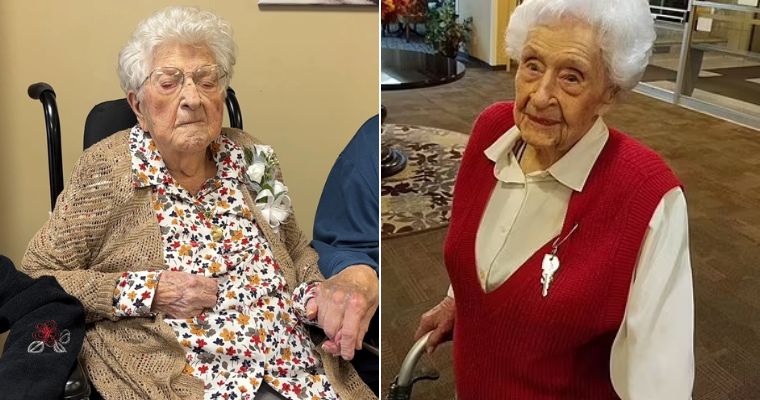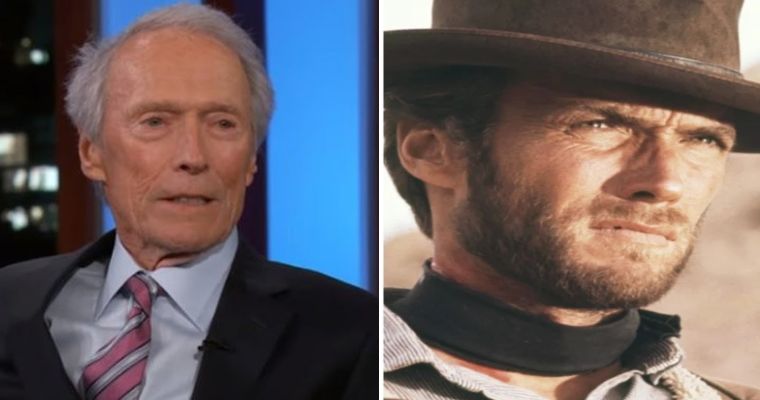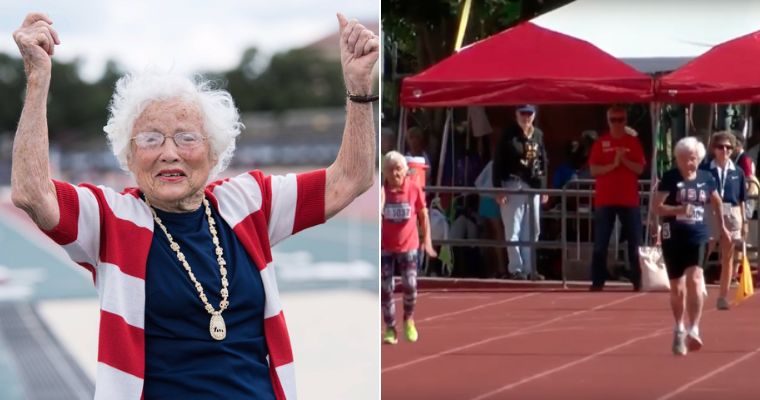“Pharaoh Seqenenre-Taa II” Was Executed After Being Captured In Combat
Seqenenre was suddenly surrounded by enemies. The Hyksos, that hated foreign people who had conquered Egypt and forced him, as king of Upper Egypt, to fight to drive them out of his country once and for all, were winning the battle. Seqenenre was captured and brought before Apophis, the Hyksos king. Apophis looked at his prisoner with contempt, bound and on her knees before him. Seqenenre knew his time had come and he looked up proudly. Suddenly something brutally hit the head of the Egyptian monarch and everything went black forever…

Pharaoh Seqenenre-Taa II, nicknamed the Bravo, briefly ruled Upper Egypt during the country’s occupation by the Hyksos, a foreign dynasty that held power for about a century (c. 1650-1550 BC). In his attempt to expel them from Egypt, Seqenenre-Taa II was assassinated. Scholars have debated the exact nature of the pharaoh’s death for years since his mummy was first discovered and studied in the 1880s. These and subsequent examinations, including an X-ray study in the 1960s, they noted that Seqenenre had suffered several serious head injuries, but no other injuries to his body. The prevailing theory, based on evidence, was that the king had been captured in battle and later executed, perhaps by the enemy monarch himself. Others have suggested that he was murdered in his sleep as a result of a palace conspiracy. Furthermore, the poor condition of his mummy indicated that the embalming had been carried out in a rush, perhaps due to the remoteness of the royal mummification workshop.

Now, modern medical technology is helping scholars tell a more accurate story about the fate of this ancient king, whose violent death indirectly led to the reunification of Egypt in the 16th century BC. Research on the Seqenenre mummy has been published in the journal Frontiers in Medicine.

The mummy of pharaoh Seqenenre Taa II was found in the 1880s. Later archaeologists noticed several large wounds on his face.
TIED AND BEAT IN THE HEAD
Computed tomography (CT) scans of Seqenenre’s mummified remains have revealed new details about serious injuries to his head, including previously undetected ones that embalmers had skillfully concealed. The authors of this study, Sahar Saleem, a professor of radiology at Cairo University, and the famous Egyptologist Zahi Hawass, offer a detailed interpretation of the events that may have taken place before and after the king’s death. His hypothesis is based on computer-processed X-ray images: according to his conclusions, Seqenenre did indeed fight on the battlefield, but his hands were tied behind his back, which would confirm that he did not die fighting, but was executed. subsequently. “This suggests that Seqenenre was actually on the front line with his soldiers risking his life to liberate Egypt (and was captured),” according to Saleem.

Professor Sahar Saleem stands next to the mummy of pharaoh Seqenenre Taa II during a CT scan
Seqenenre fought on the battlefield, but his hands were tied behind his back, which would mean that he did not die fighting, but was later executed.
The researcher is specialized in paleoradiology. This technique uses medical imaging technologies to noninvasively study a cross-section of archaeological remains, including mummies. It can help determine an individual’s age at the time of their death, gender, and even how that person died. For example, in this case, the CT scans, combined with other evidence, suggest that Seqenenre’s execution was carried out by multiple assailants, which scientists were able to confirm by studying five different weapons used by the Hyksos that matched the wounds presented by the king’s mummy. “In a normal execution of a bound prisoner, one might assume that only one assailant attacks, possibly from different angles, but not with different weapons. Seqenenre’s death was more of a ceremonial execution,” says Saleem. The CT study has also determined Seqenenre’s age at the time of his death: about 40 years old, the most accurate estimate to date.

CT scan image of pharaoh Seqenenre Taa II’s skull with wounds on his face believed to be the cause of his death.
CONCEALING THE WOUNDS FOR THE BEYOND
CT scanning has also revealed important details about the mummification of Seqenenre’s body. For example, embalmers have been found to employ a rather sophisticated method of concealing the disfiguring wounds on the monarch’s head under a layer of embalming material, similar to the fillers used in plastic surgery today. This would imply that the mummification took place in a real mummification workshop and not in a poorly equipped place, as had been believed until now.

The embalmers used a rather sophisticated method to hide the wounds that disfigured the monarch’s head.
An X-ray image of the mummy of pharaoh Seqenenre Taa II. The skull and many pieces of bone were dismembered.
Saleem and Hawass have pioneered the use of computed tomography to study the mummies of pharaohs, especially from the New Kingdom, such as Hatshepsut, Tutankhamun, Ramesses III, Tuthmosis III, and Ramses II. However, Seqenenre, according to the evidence and the results of the study, seems to have been the only one among this illustrious group of rulers who died in the front line of combat.
According to Saleem, this study provides new and very important details about a fundamental aspect in the long history of Egypt. “Seqenenre’s death motivated his successors to continue the fight to unify Egypt and start the New Kingdom.” Indeed, his son Ahmose managed to expel the Hyksos from Egypt and found the 18th dynasty, one of the most important in Egypt, whose members include such famous pharaohs as Tutmosis III, Amenhotep III or Akhenaten.
Source: https://us1.c93network.com/pharaoh-seqenenre-taa-ii-was-executed-after-being-captured-in-combat/?fbclid=IwAR3-NVkz-RQY-_PVBraG636DpgAeFdN6HLf9CzUpdJ8oNRldtmaiw2bIC8c





